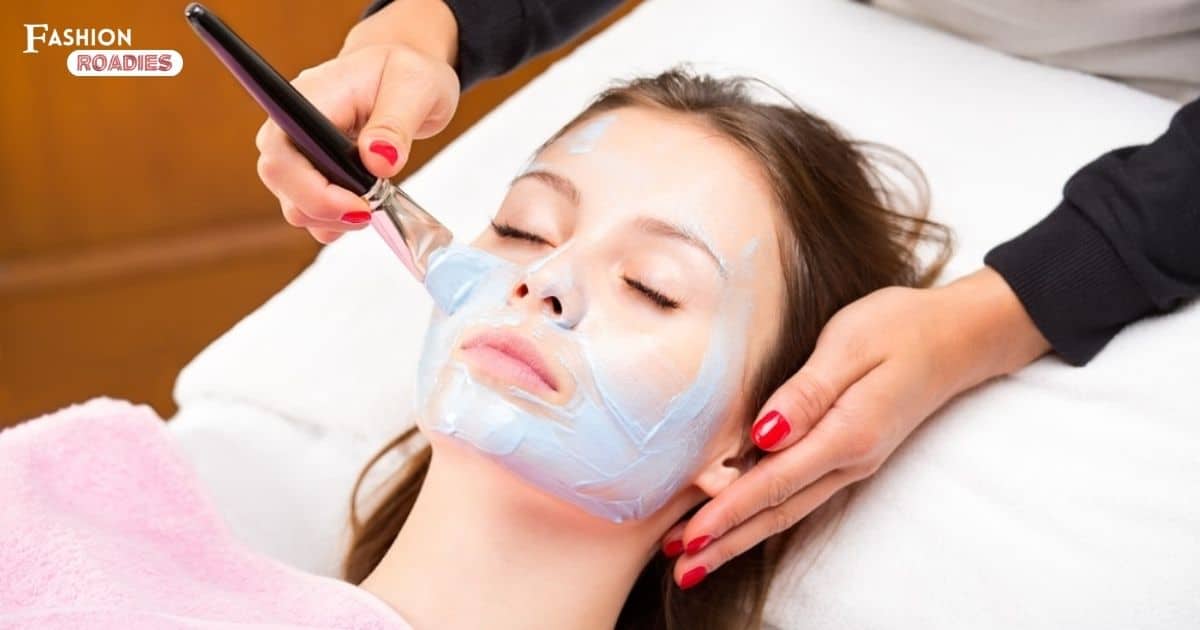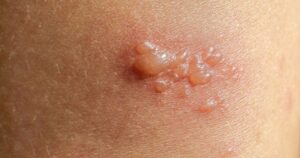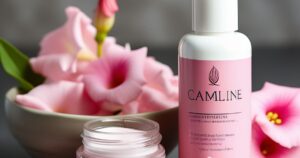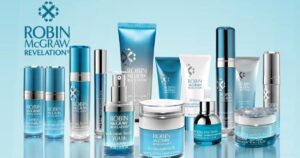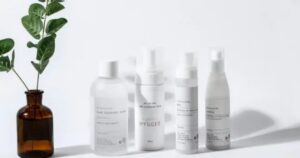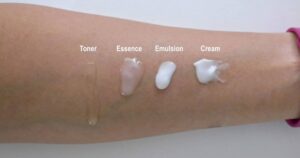Are you ready to unveil a radiant and rejuvenated complexion? Look no further than our comprehensive guide on how to care for your skin after a chemical peel. This transformative procedure can work wonders, but proper aftercare is essential to ensure optimal results. Discover expert tips and evidence-based practices for gentle cleansing, moisturizing, sun protection, and managing any potential side effects. Join us as we delve into the world of post-chemical peel care, and unlock the secret to maintaining your newfound glow for the long term.
Key Takeaways
- Consult with a dermatologist or skincare professional
- Incorporate gentle cleansing and moisturizing into skincare routine
- Apply broad-spectrum sunscreen with SPF 30 or higher and reapply every two hours
- Monitor skin’s reaction closely and address discomfort or irritation promptly
Preparing for the Aftercare
The article discusses the importance of preparing for the aftercare following a chemical peel. After undergoing a chemical peel, the skin goes through a process of healing and rejuvenation. To ensure optimal results and minimize potential complications, it is crucial to prepare for the aftercare beforehand. One of the first steps in preparing for aftercare is to consult with a dermatologist or skincare professional who can guide you through the process. They can provide personalized recommendations based on your skin type, the type of chemical peel performed, and any pre-existing skin conditions. Additionally, it is essential to follow the pre-peel instructions provided by the skincare professional, such as avoiding certain medications, excessive sun exposure, or using specific skincare products. Preparing for the aftercare ensures a successful and safe recovery, allowing you to achieve the desired results and maintain healthy, glowing skin.
Gentle Cleansing and Moisturizing
For optimal results and to promote healing, it is important to incorporate gentle cleansing and moisturizing into your skincare routine after a chemical peel. After a chemical peel, your skin may be more sensitive, dry, and prone to irritation. Therefore, it is essential to use mild, non-abrasive cleansers that do not contain harsh chemicals or fragrances. Look for cleansers that are specifically formulated for sensitive skin or recommended by your dermatologist. When moisturizing, choose a product that is gentle, non-comedogenic, and hydrating. This will help to replenish the skin’s moisture barrier and prevent excessive dryness. Additionally, avoid exfoliants, scrubs, and harsh products for a few days after the peel, as they can further irritate the skin. Now, let’s move on to the next important step in post-chemical peel care: sun protection and avoiding harsh products.
Sun Protection and Avoiding Harsh Products
To ensure optimal recovery, it is crucial to apply a broad-spectrum sunscreen with an SPF of at least 30 and avoid using abrasive or irritating products. After a chemical peel, the skin becomes more sensitive and vulnerable to damage from the sun’s harmful UV rays. Sunscreen acts as a protective barrier, preventing further damage and allowing the skin to heal properly. In addition to sun protection, it is important to avoid using harsh products that can irritate or disrupt the healing process. Here are three key points to consider:
- Choose a broad-spectrum sunscreen: Look for a sunscreen that offers protection against both UVA and UVB rays. This will provide comprehensive coverage and minimize the risk of sunburn and long-term damage.
- Apply sunscreen generously: Use a sufficient amount of sunscreen to cover all exposed areas of the skin. Don’t forget to reapply every two hours, especially if you are spending time outdoors or sweating.
- Avoid abrasive or irritating products: During the recovery period, steer clear of products that contain harsh chemicals, fragrances, or exfoliating agents. These can further irritate the skin and delay the healing process.
Managing Potential Side Effects
In order to effectively manage potential side effects, it is essential to closely monitor the skin’s reaction and promptly address any discomfort or irritation that may arise. A chemical peel is a popular cosmetic procedure that helps improve the appearance of the skin by removing outer layers of damaged skin. While this treatment can deliver significant results, it can also cause side effects such as redness, swelling, and peeling. By closely monitoring the skin’s reaction and following proper aftercare, these side effects can be minimized and managed effectively. It is important to keep the skin moisturized and protected from the sun during the healing process. Additionally, avoiding harsh products and exfoliation can help prevent further irritation. Consulting with a dermatologist or skincare professional is recommended for personalized guidance and to address any concerns that may arise.
| Potential Side Effects | Management Tips |
|---|---|
| Redness and Swelling | Apply a cool compress and avoid excessive heat or sun exposure. |
| Peeling or Flaking | Moisturize regularly and avoid picking or scratching the skin. |
| Sensitivity | Use gentle skincare products and avoid harsh chemicals or exfoliation. |
| Discomfort | Take over-the-counter pain relievers and consult a dermatologist if necessary. |
Long-term Maintenance and Results
Achieving optimal long-term maintenance and results after a chemical peel requires consistent adherence to a tailored skincare routine and regular follow-up consultations with a dermatologist. Here are three essential steps to consider for post-peel care:
- Sun protection: The skin becomes more sensitive to the sun’s harmful UV rays after a chemical peel. It is crucial to apply a broad-spectrum sunscreen with an SPF of 30 or higher daily, even on cloudy days. Wearing protective clothing and seeking shade during peak sun hours is also important.
- Hydration: Chemical peels can cause temporary dryness and flaking. To combat this, it is recommended to use a gentle cleanser, moisturizer, and occlusive ointments to hydrate the skin and prevent moisture loss.
- Avoid irritants: Post-peel, the skin may be more sensitive and prone to irritation. It is advisable to avoid harsh exfoliants, scrubs, and products containing fragrances, alcohol, or retinoids. Opt for gentle, soothing products that promote skin healing.
Frequently Asked Questions
Can I Wear Makeup Immediately After a Chemical Peel?
It is generally not recommended to wear makeup immediately after a chemical peel. The skin needs time to heal and any products applied to the skin can potentially irritate or interfere with the healing process.
How Long Should I Wait Before Applying Any Skincare Products After a Chemical Peel?
To ensure optimal results and prevent potential complications, it is crucial to adhere to proper post-chemical peel skincare protocols. This includes waiting for an appropriate duration before applying any skincare products.
Is It Normal for My Skin to Feel Tight and Dry After a Chemical Peel?
It is normal for the skin to feel tight and dry after a chemical peel. This is due to the exfoliation process. However, it is important to follow a proper skincare routine to alleviate these symptoms and promote healing.
Can I Exercise or Sweat After a Chemical Peel?
It is recommended to avoid exercise and sweating immediately after a chemical peel to allow the skin to heal properly. This will help reduce the risk of complications and optimize the results of the treatment.
How Often Should I Schedule Follow-Up Appointments With My Dermatologist After a Chemical Peel?
Regular follow-up appointments with a dermatologist after a chemical peel are crucial for assessing the skin’s healing progress, addressing any concerns or complications, and determining the need for further treatments or adjustments in skincare routine.
Conclusion
In conclusion, proper aftercare is crucial for maintaining the results of a chemical peel and promoting healthy skin. By following a gentle cleansing and moisturizing routine, protecting the skin from the sun, and avoiding harsh products, one can minimize potential side effects and optimize the long-term benefits of the treatment. Remember, as the saying goes, “An ounce of prevention is worth a pound of cure.” So, invest in your skin’s care and enjoy a radiant complexion.
